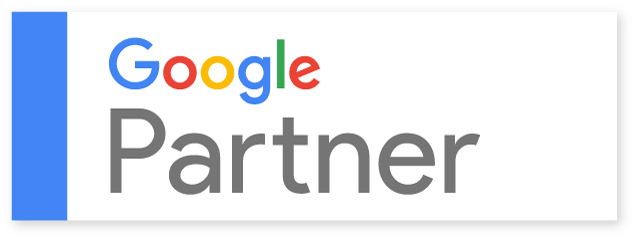Dual process theory
Er zijn twee soorten processen = het automatisch (onbewust) en gecontrolleerd (bewust) proces.
Resource allocation – Kahneman
- Available attention as a general pool of effort, which involves the mental resources necessary to carry out the activity
- The wavy line indicates that the amout of available attention, the capacity limit, is flexible. Attention capacity will increase or decrease according to the arousal level of the person.
- The pool of effort can be subdivided so that attention can be allocated to several activities at once.
- Allocation of resources is determined by the characteristiscs of the activities (how much does the task want)
- And the allocation policy of the individual, which in turn is influenced by situations internal and external to the individual (how much can you give/do you want to give)
- The attention demands or requirements of a task must be evaluated to determine whether all tasks can be performed or whether some tasks cannot be performed.
- Certain rules govern how attentional resources are allocated
- One is that we allocate attention to ensure that we can complete one activity.
- Another is that we allocate resources according to our enduring dispositions.
- These are the basis rules of ‘involuntary’ attention, which concerns those things that naturally attract our attention (ie, distract us)
- We will typically direct our attention ‘involuntarily’ to events that are:
- Novel (eg. Unexpected events, such as very loud noise or bright light)
- Meaningful (eg. Cocktailparty phenomenon)
- The final rule for allocation attention in Kahneman’s model relates to our momentary intentions.
- This refers to selective attention to specific aspects of a situation – this can be self-directed or can result from external instructions (‘I ask you to listen carefully’)

